

From tree
to fork
Fruits and vegetables
from trees worldwide!
The International Year of Fruits and Vegetables, 2021, is a time to reflect on the essential role they play in human health, nutrition and food security. The year has also launched the UN Decade on Ecosystem Restoration, another initiative which highlights the fundamental need for trees to safeguard human health and the planet.
Though less common in Western markets, many of the tree foods listed below supply key nutrients to local and indigenous diets around the world. Other parts of these species, including their leaves and bark, can be used for medicine, carpentry, cultural traditions and in agroforestry systems. Keep exploring to learn more!
Myrciaria dubia
Camu-camu
Camu-camu has one of the highest vitamin C concentrations of any fruit on earth — between 30–60x more than the same serving of oranges.
Learn more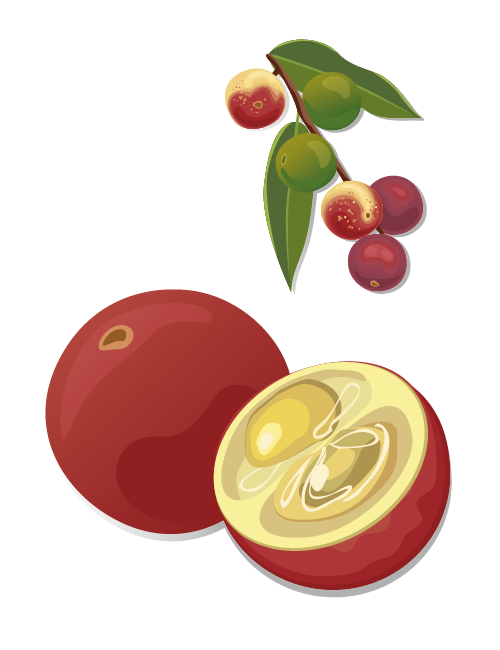
Genipa americana L.
Genipap fruit
The tree is an important species for the restoration of Brazilian riparian forests; it has been promoted by the Brazilian government for sustainable timber and fruit harvesting programs.
Learn more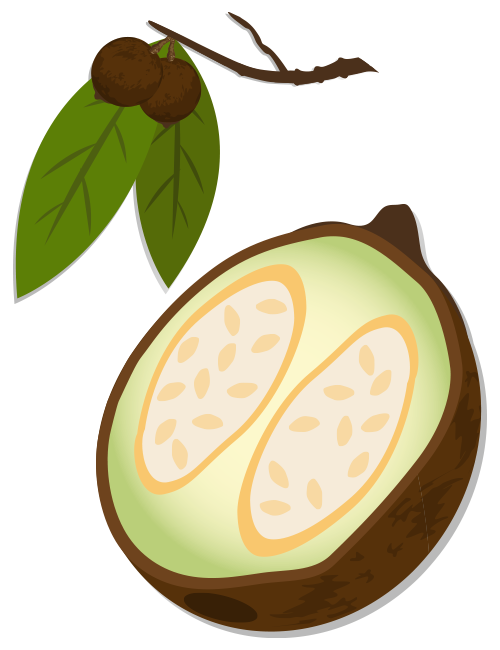
Eugenia stipitata
Arazá
Arazá can be used to make many foods including a delicious hot sauce. Greater awareness for these products could spark new value chains for smallholders.
Learn more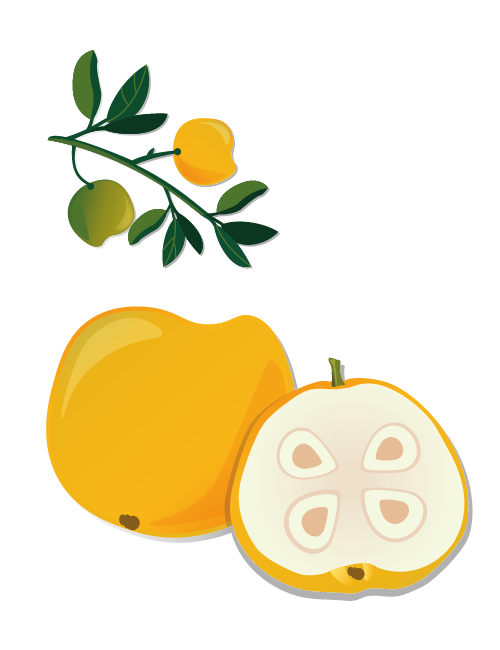
Artocarpus heterophyllus L.
Jackfruit
Some researchers believe jackfruit could be cultivated as a staple crop because it is more resilient against climate change than wheat and corn. It is an ecologically versatile fruit with a good balance of micro and macronutrients.
Learn more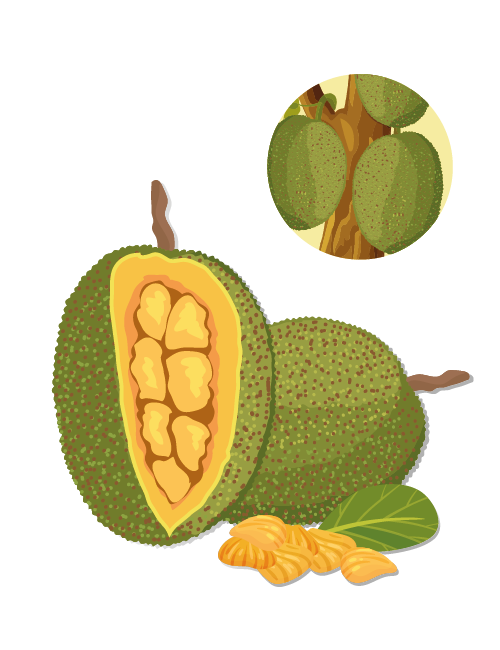
Theobroma grandiflorum
Copoazu
Copoazu is closely related to cocoa (same genus); its seeds have a high content of digestible fats, in particular oleic acid, and can be used to produce many chocolate-like treats.
Learn more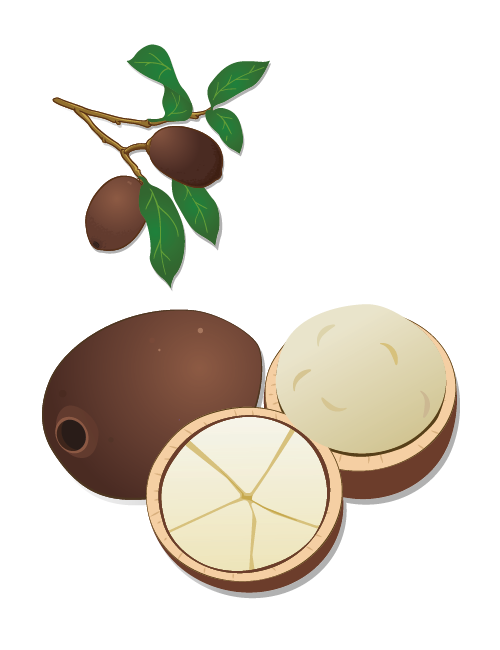
Garcinia livingstonei L.
African mangosteen
The fruit’s thin skin and delicate pulp make it difficult to transport and commercialize. Creating demand for its jams, liqueurs and ice creams could be one way to reap greater economic returns.
Learn more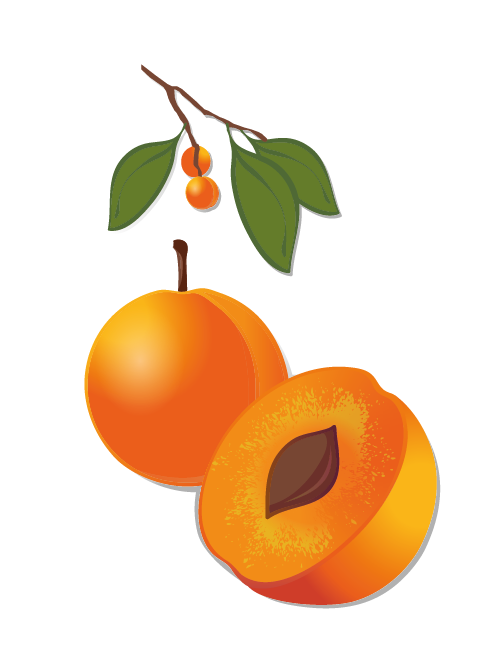
Euterpe precatoria
Huasaí fruit
E. precatoria (huasaí) has higher levels of antioxidants an anti-inflammatory compounds than the more commonly known E. oleracea (açai).
Learn more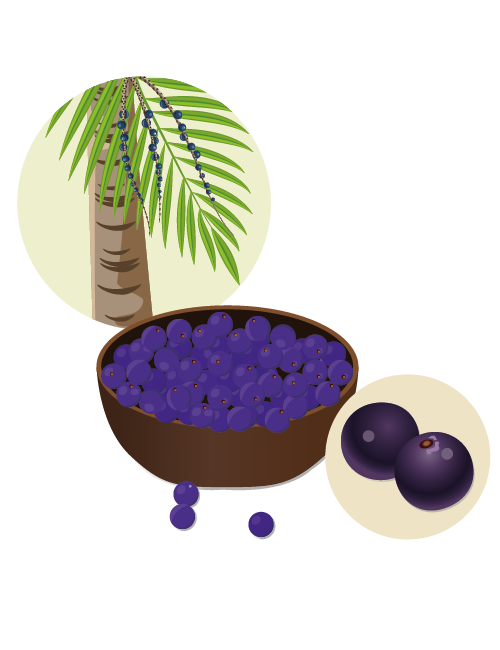
Metroxylon sagu
Sago
While sago starch has few minerals and negligible vitamin content, it is rich in carbohydrates. A 100 g edible portion of starch contains 331.5 kcal.
Learn more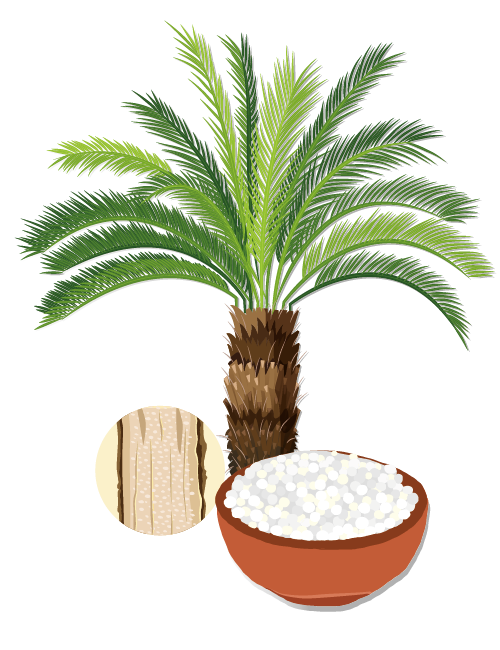
Moringa oleifera L.
Drumstick
Drumstick is incredibly rich in vitamins and minerals including magnesium, zinc, potassium, iron and calcium. A 100 g EP of raw leaves contain 122% of an adult’s daily recommended vitamin A and 24% of their iron.
Learn more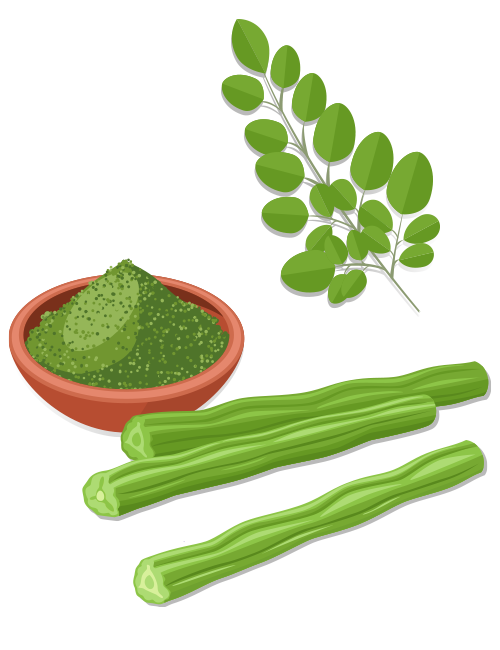
Mauritia flexuosa
Aguaje
Aguaje fruit has the highest concentration of provitamins A found in nature. A single 100 g portion of aguaje fruit pulp contains 1,204 mcg of Vitamin A (RAE), which is 133.8% the daily recommended value for an adult.
Learn more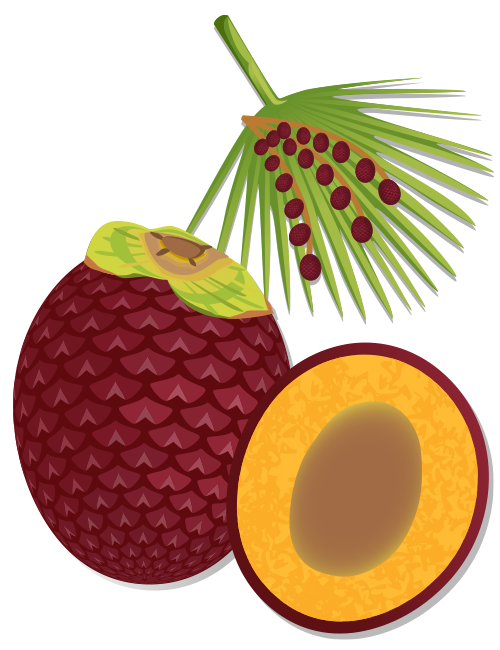
Anacardium occidentale L.
Cashew apple & nut
Anacardium occidentale L. is a popular tree for agroforestry because it can grow in most soils and endures drought well
Learn more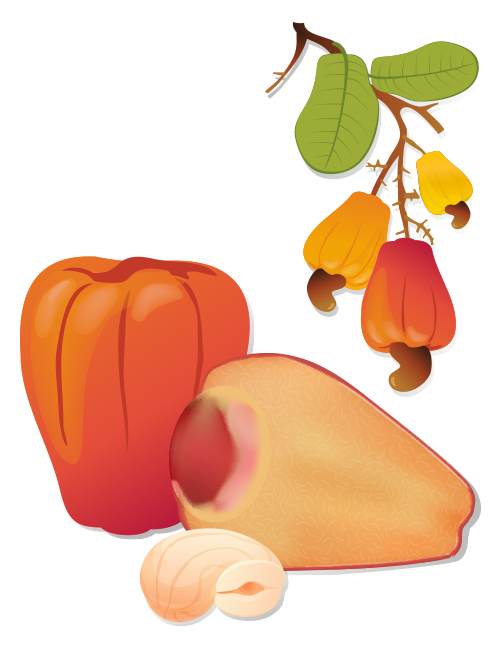
Ficus sycomorus L.
Sycamore fig
Sycamore figs are an excellent source of iron. A 100 g edible portion (EP) contains over 2x more iron than the same serving of kale (Tuscan black cabbage). The fruits are also rich in minerals such as calcium, magnesium and potassium.
Learn more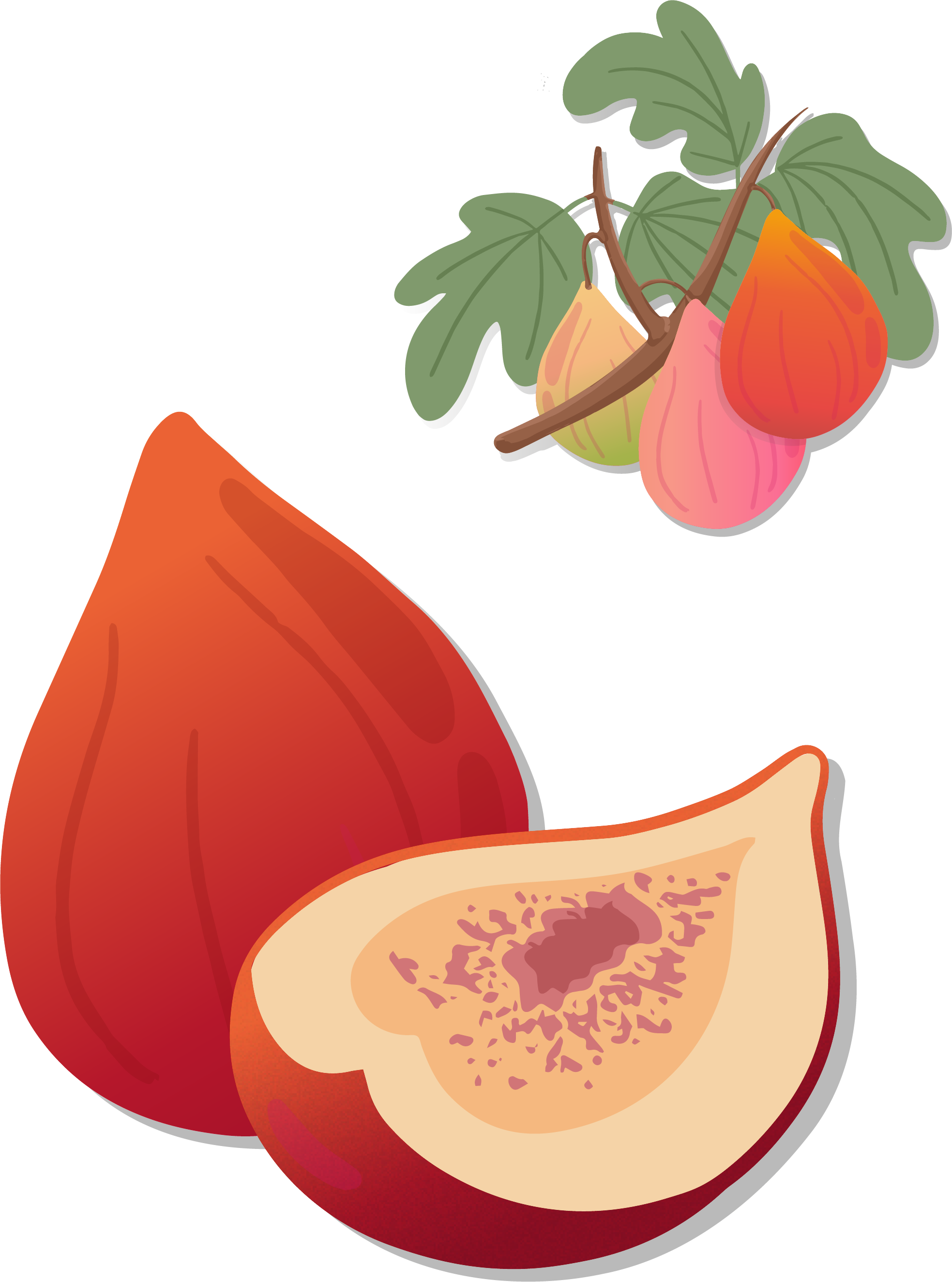
Treculia africana L.
African breadfruit
In Nigeria, where African breadfruit grows natively, the seeds are considered a delicacy and used to make 'ukwa' porridge.
Learn more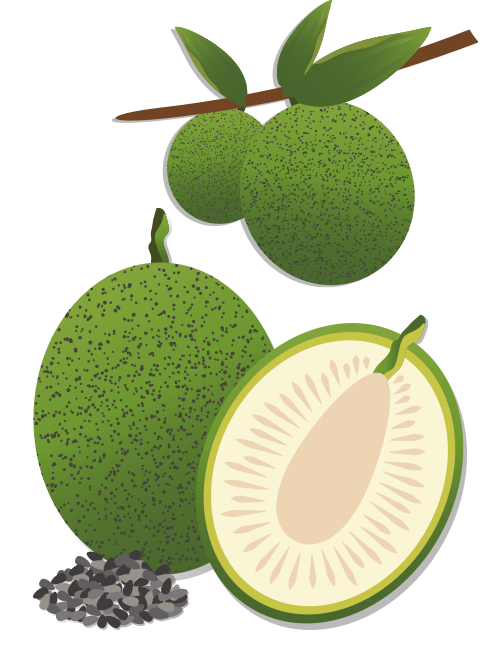
Borassus flabellifer L.
Palmyra fruit
In India, the tree is said to have “800 uses” ranging from food to medicine to carpentry.
Learn more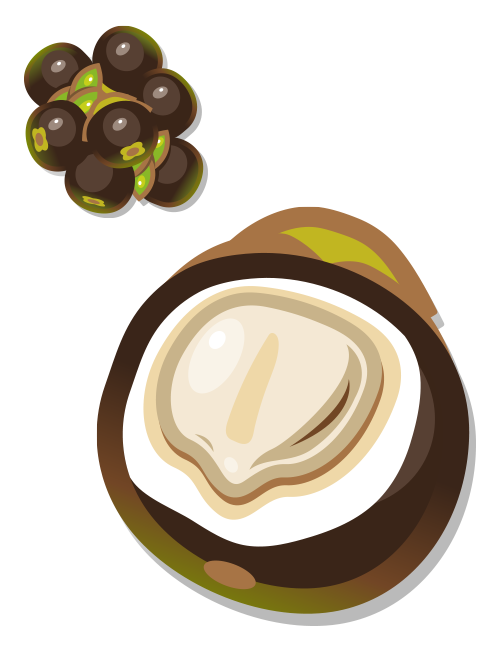
Parkia speciosa L.
Bitter bean
Rich in antioxidants, bitter beans are a popular folk medicine in the treatment of diabetes, hypertension, hypoglycaemia, kidney and liver problems, and to relieve gas.
Learn more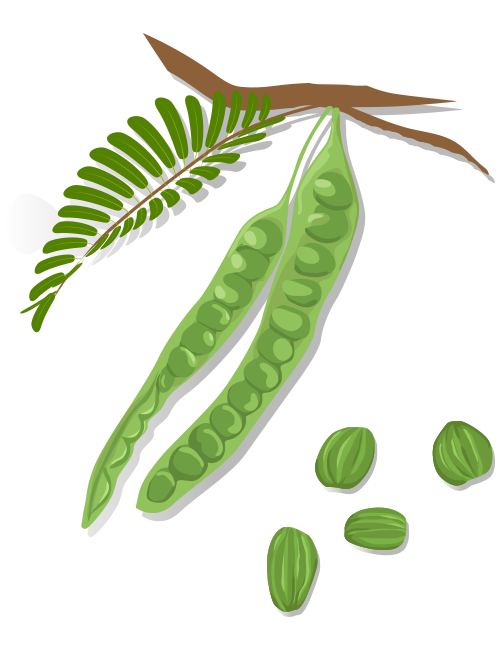
Spondias purpurea L.
Jocote fruit
Jocote is a good source of dietary fibre, vitamin A and vitamin C. In fact, its vitamin A content is higher than that of cashews, guavas and some papaya and mango cultivars.
Learn more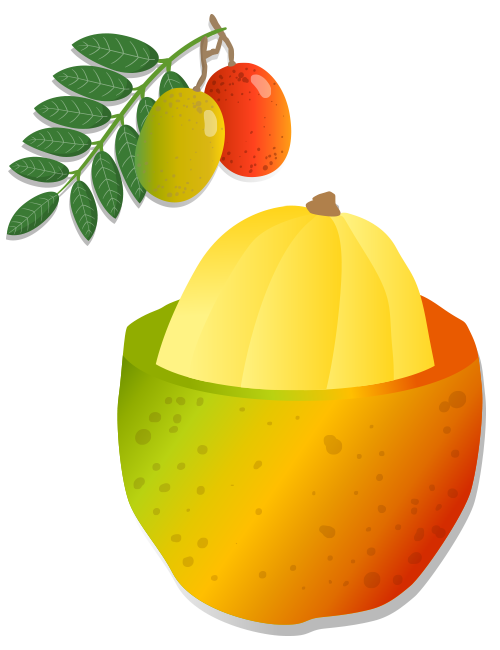
Adansonia digitata L.
Baobab fruit
The Baobab fruit is widely considered a superfruit, containing as much as six times more vitamin C than the same serving size of an orange. It also contains twice as much calcium as the same serving of milk.
Learn more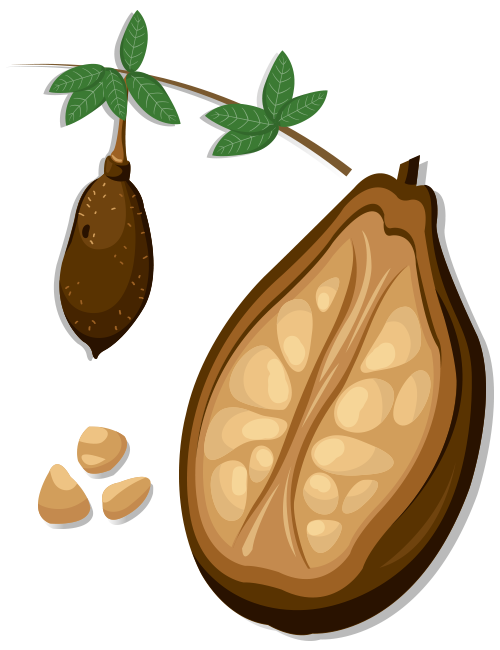
Tamarindus indica L.
Tamarind fruit
Tamarind fruits are rich in protein and antioxidants, containing 40 percent more protein than the same serving size of avocado
Learn more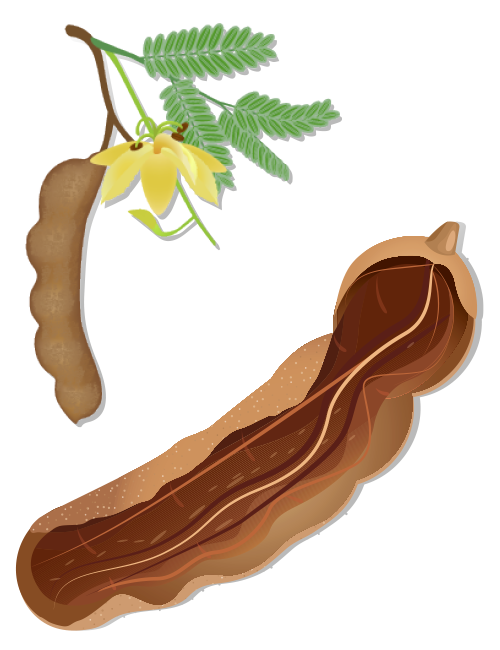
Stay tuned for more nutritious fruits...
 Continue celebrating the International Year of Fruits and Vegetables (IYFV)
Continue celebrating the International Year of Fruits and Vegetables (IYFV)with these environment-friendly, traditional recipes!

Functional Always active
Preferences
Statistics
Marketing
This website uses cookies to improve your experience and help us analyse our traffic. By clicking "Accept", you consent to our use of cookies. Privacy notice
